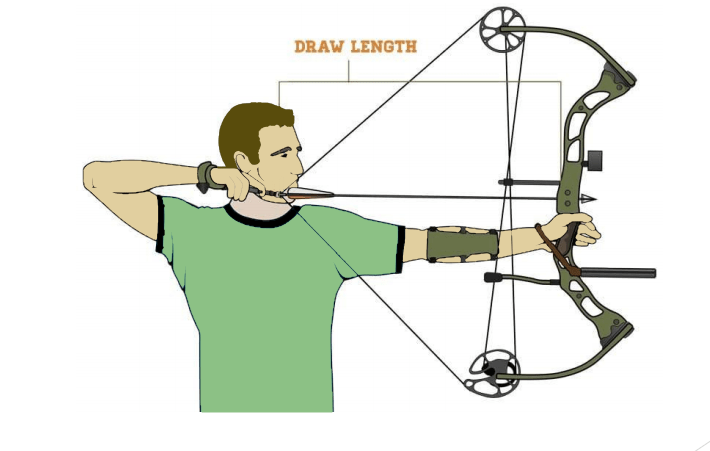Unraveling the Mysteries of the Turkish Bow

Author:Murat KANDİL
Introduction
The art of archery has been a crucial aspect of human civilization, serving as a means of hunting, warfare, and sport. Different cultures developed their unique bow designs, tailored to their specific needs and environment. One such iconic bow is the Turkish bow, a composite bow used in the Ottoman Empire. This article will delve into the history of the Turkish bow, compare it with the English Longbow, and highlight reasons why one might prefer using a Turkish bow.
The History of the Turkish Bow
Origins
The origins of the Turkish bow can be traced back to the Central Asian nomads, who were among the first to develop composite bows. The Turkish bow evolved from these early designs and was perfected by the Ottomans, who used it extensively in their military campaigns.
Ottoman Empire
The Ottoman Empire, which lasted from 1299 to 1922, was a period of significant advancement in archery technology. The Ottomans placed a high value on archery, and their bows were considered some of the best in the world. The Turkish bow was a crucial weapon in the Ottoman army and was used by both infantry and cavalry units.
Turkish Bow vs. English Longbow
Turkish Bow
The Turkish bow is characterized by its compact, almost crescent shape, and its relatively short length. It is made from a combination of horn, wood, and sinew, which allows it to store more energy and shoot arrows at higher speeds.
Advantages:
- Maneuverability: The compact design makes it easier to handle, especially on horseback.
- Speed: Shoots arrows at very high speeds, increasing range and penetrating power.
- Performance in Different Climates: The composite materials make it resistant to changes in humidity and temperature.
Disadvantages:
- Maintenance: Requires more maintenance compared to self bows like the English Longbow.
- Production Time and Cost: More complex to make, involving more materials, making it more expensive and time-consuming to produce.
English Longbow
The English Longbow is a type of self bow made from a single piece of wood, usually yew. It is characterized by its tall, almost straight shape, which is roughly the same height as the archer using it.
Advantages:
- Simplicity: Easier to produce and maintain compared to composite bows.
- Power: Stores a lot of energy, enabling it to shoot heavy arrows over long distances.
- Durability: Relatively durable and resistant to damage.
Disadvantages:
- Size: Less maneuverable, especially in confined spaces or on horseback.
- Performance in Different Climates: Susceptible to changes in humidity and temperature compared to composite bows.
Why Choose a Turkish Bow?
Maneuverability
If you plan to shoot from horseback or in confined spaces, the compact design of the Turkish bow is a significant advantage.
Speed
The Turkish bow can shoot arrows at higher speeds compared to the English Longbow. This can be a crucial advantage in both hunting and target shooting.
Climate Resistance
If you live in a region with significant changes in humidity and temperature, the Turkish bow's resistance to these changes can be a decisive factor.
Frequently Asked Questions (FAQs)
What is the effective range of a Turkish bow? The effective range of a Turkish bow varies depending on the bow's draw weight and the archer's skill level. However, experienced archers can accurately shoot targets at distances of up to 50 meters or more.
Is it challenging to learn how to shoot a Turkish bow? Shooting a Turkish bow can be challenging for beginners due to its unique shape and shooting technique. However, with practice and proper guidance, one can master the Turkish bow and enjoy its benefits.
Can I use modern arrows with a Turkish bow? Yes, you can use modern arrows with a Turkish bow. However, it is essential to choose arrows with the appropriate spine (flexibility) and weight for your bow.
Conclusion
While both the Turkish bow and the English Longbow have their unique advantages and disadvantages, the Turkish bow offers better maneuverability, speed, and resistance to climatic changes. These factors make it a preferred choice for many archers, especially those shooting from horseback or in varying climatic conditions. Whether you are a seasoned archer or a beginner looking to explore the world of traditional archery, the Turkish bow is undoubtedly worth considering.


